Belly Binding for Diastasis Recti: To Bind or Not to Bind?
Women ask us frequently about diastasis recti and belly binding here at the office. They want to know more about what a diastasis recti is and how to fix it. Recently, there has been a lot of information online that encourages women to use a belly binder for diastasis recti. Some suggest to use an abdominal brace after baby to help “heal” a diastasis and to flatten your postpartum tummy quickly. However, belly binding may not be the best option for everyone. In fact, it can actually lead to more issues postpartum. Read on to clear up these misconceptions floating around the internet and to learn what you should do with a diastasis recti.
What is Diastasis Recti (DRA)?
Diastasis rectus abdominis (DRA) is a condition where the rectus abdominis muscle (aka the “6 pack ab muscle”) separates down the middle. Most often this separation occurs during pregnancy, but it can also occur with significant weight gain or increased muscle tone in the abdomen.
Women most commonly notice the effects of DRA postpartum. You might notice a “dome” effect when attempting to sit up from lying flat on your back, but not always. Some women experience pain in the core or low back. However, pain is not always associated with this condition.
Misconceptions About Belly Binding for Diastasis Recti
There are many different choices when it comes to braces and binders for women to wear postpartum. Some people claim that a binder will close the abdominal separation and heal a diastasis recti. We get asked this question all the time at the office: Which binder is the best?
Unfortunately, improving the gap in the muscle is not as easy as just wearing a binder. In fact, for a lot of moms, it can make the issues worse. This is because a binder or brace will increase abdominal pressure and can lead to more pelvic floor dysfunction.
While there are some instances that call for wearing an abdominal binder, most often moms are better off without one.
When is a belly binder a good idea?
A physical therapist may recommended a binder if there is pain or discomfort associated with the condition. It could be especially helpful if that pain is limiting everyday activities, such as lifting or childcare activities. In this case, the binder will help the mom to be able to function with less pain. However, it is still imperative to pair physical therapy (PT) treatment with the use of the binder to continue to address the actual issue.
One of the concerns with wearing a binder, or any brace, is that the muscles underneath the binder can relax. They start to take a break from supporting your back, which can lead to weakness of these muscles. Therefore, it is best not to wear the binder 24/7. This will help prevent this weakness from occurring. It is best worn only for activities and only as a short-term solution until the muscles can get stronger.
Solutions for Diastasis Recti
There is so much information out there about what to do to “fix” a DRA, and it can be really confusing. Most sources tell women to avoid sit ups, twisting movements, or any abdominal exercise or contraction against gravity.
These suggestions just aren’t realistic or functional for new moms!
With that being said, it is beneficial to limit sit ups or various twisting exercises during the healing phase postpartum or while undergoing physical therapy. However, it doesn’t mean you can never perform those exercises again. Watch our “Diastasis Recti Exercise Modifications” Video HERE!
Core exercise also depends on a mom’s baseline level of strength and how her DRA responds to certain movements and exercises.
Not only is it important to have an individualized set of exercises, but if you are having pain or notice a bulge down the middle of the abdomen, a physical therapy evaluation would be highly recommended. A specialist in pregnancy/postpartum or the pelvic floor is trained to look for other contributing factors that could be limiting the healing of the DRA.
Despite what the media portrays, the goal of completely closing the "gap" between the muscles may not always be realistic. Each body is different, and there isn't a standard when it comes to the amount that a gap will close. With physical therapy, our goal is typically to get you stronger and back to the activities you enjoy the most without pain or symptoms.
Think you might have a DRA? Or are you hoping to prevent a DRA during or after pregnancy? To learn more about getting assessed by a physical therapist, contact us at Revitalize Physical Therapy!


